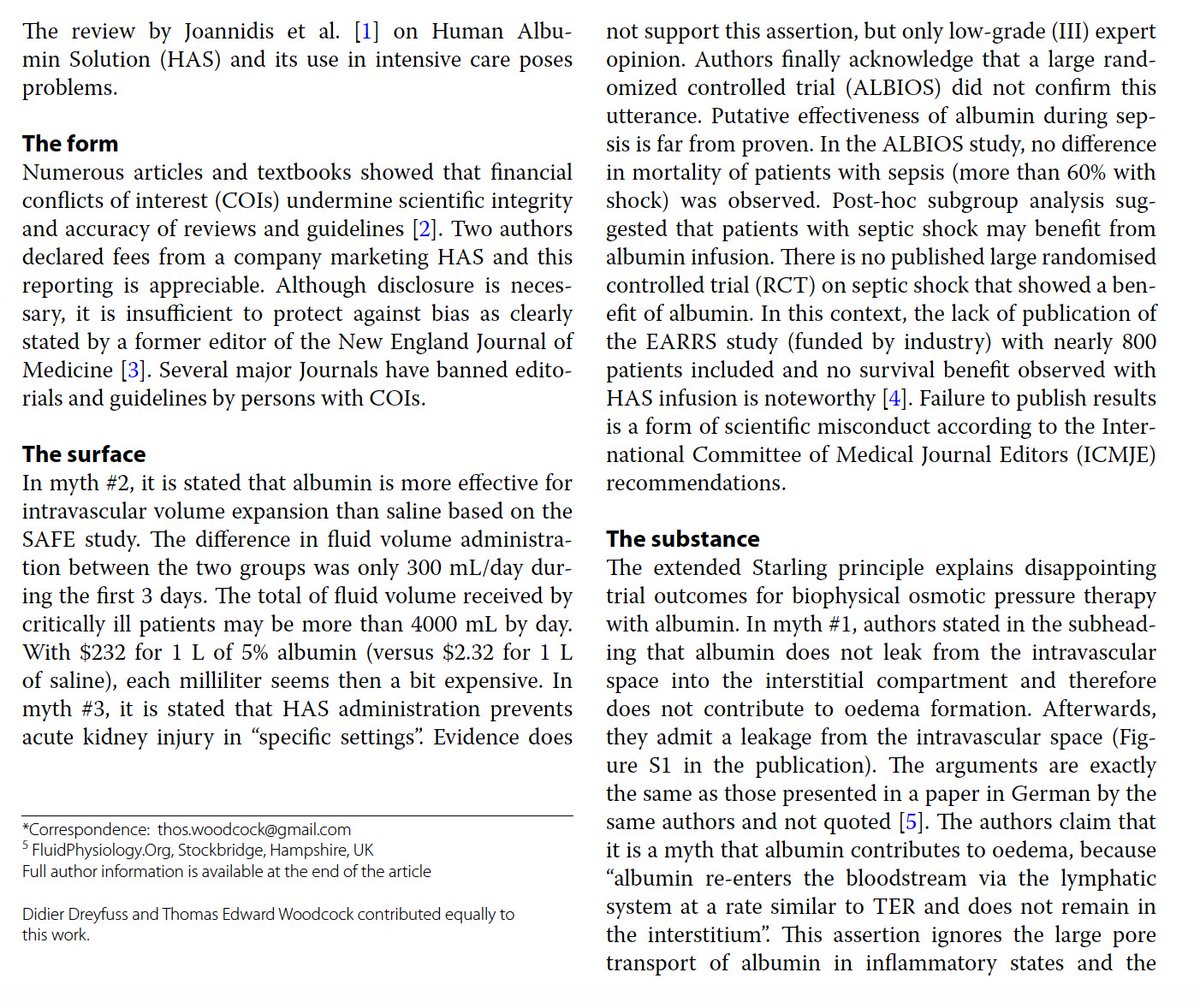ICU stories (last night): A patient had been admitted w pneumonia / intubated / on norepi 0.12. At 01:00 am, the nurse notifies you that urine output is 5-10 cc/hr for the previous 3 hours. BP is 99/44, HR 90, CRT 3 sec. You take the US in patient's room to see what's happening.
What POCUS finding(s) is/are likely to explain the oligo-anuria in the shortest amount of time?
If you (and the patient) are lucky, you may find this:
A simple formula to estimate the urine volume provided by pocus101.com/bladder-volume… 

In just 30 min last night, POCUS explained an episode of oligoanuria 👆, ruled out a sinister undifferentiated shock etiology (it was "just" septic shock that reached norepi 0.35 before ICU arrival) and explained a resp failure (it was aortic insufficiency)
Thanks for reading!
#FOAMed #FOAMus #FOAMcc #MedTwitter #MedEd @NephroP @MynephCC #MedStudentTwitter
PS: The "consult to Nephrology" was cancelled...
#FOAMed #FOAMus #FOAMcc #MedTwitter #MedEd @NephroP @MynephCC #MedStudentTwitter
PS: The "consult to Nephrology" was cancelled...
• • •
Missing some Tweet in this thread? You can try to
force a refresh

 Read on Twitter
Read on Twitter




















